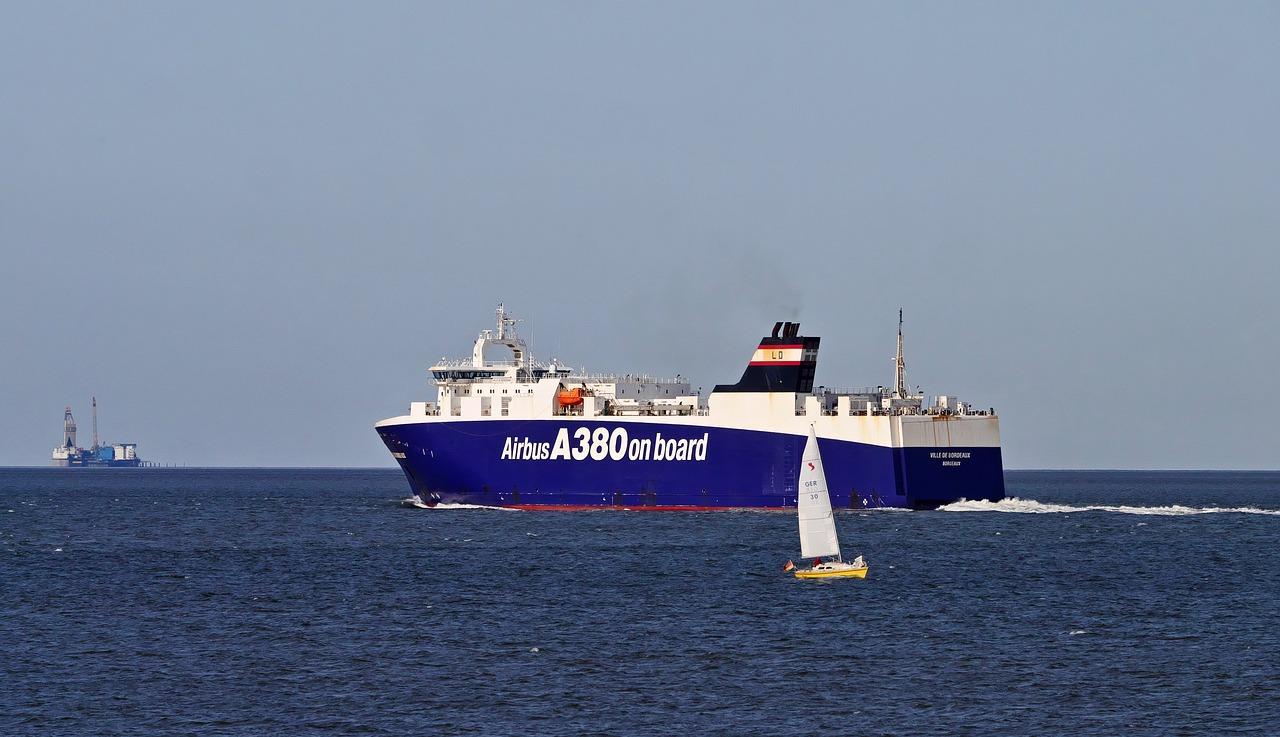Ships are remarkable engineering feats, designed to traverse the vast oceans and carry cargo and passengers across great distances. Understanding the various parts of a ship is essential for anyone interested in maritime operations, whether you’re a seasoned sailor or a curious enthusiast. In this blog, we’ll explore the Parts of a Ship and key components of a ship, their functions, and their importance in ensuring safe and efficient navigation.
1. Hull
Definition and Function
The hull is the main body of the ship, designed to provide buoyancy and structural integrity. It keeps the vessel afloat and protects its internal components from water.
Types of Hulls
- Displacement Hull: Designed to move through the water by pushing it aside, commonly found in cargo ships and tankers.
- Planing Hull: Designed to rise and glide on top of the water, typically used in faster vessels like speedboats.
2. Deck
Definition and Function
The deck is the flat surface that forms the top of the hull. It serves as the main working area and living space on the ship.
Types of Decks
- Main Deck: The uppermost deck, where most activities occur.
- Lower Decks: Located below the main deck, housing cabins, storage, and machinery.
3. Superstructure
Definition and Function
The superstructure is the part of the ship that rises above the main deck. It includes various structures like the bridge, control room, and accommodations for the crew.
Components
- Bridge: The area where navigation and ship control occur.
- Cabins: Living quarters for crew and passengers.
4. Propulsion System
Definition and Function
The propulsion system provides the power needed to move the ship. This can include various types of engines and propellers.
Types of Propulsion
- Diesel Engines: Commonly used in modern vessels for reliability and efficiency.
- Gas Turbines: Found in some high-speed ships for quick acceleration.
5. Propeller
Definition and Function
The propeller converts the engine’s power into thrust, propelling the ship forward.
Types of Propellers
- Fixed Pitch: The blades are set at a fixed angle.
- Controllable Pitch: The angle of the blades can be adjusted to optimize performance.
6. Rudder
Definition and Function
The rudder is a flat piece of material located at the stern (rear) of the ship. It controls the vessel’s direction by redirecting water flow when turned.
7. Bow and Stern
Definition and Function
- Bow: The front part of the ship, designed for cutting through water.
- Stern: The rear part, which houses the propeller and rudder.
8. Keel
Definition and Function
The keel is the main structural component that runs along the bottom of the hull from bow to stern. It provides stability and acts as a backbone for the ship.
Types of Keels
- Full Keel: A deep, long keel that provides excellent stability.
- Fin Keel: A shorter keel found on many modern yachts, offering good maneuverability.
9. Cargo Hold
Definition and Function
The cargo hold is the designated area for storing cargo. It can vary in size and shape depending on the ship’s purpose.
10. Ballast Tanks
Definition and Function
Ballast tanks are compartments filled with water or other materials to provide stability and control the ship’s weight distribution. Adjusting ballast helps the ship maintain balance, especially when loading or unloading cargo.
11. Anchors and Chain
Definition and Function
Anchors are heavy objects that are lowered to the seabed to keep the ship stationary. The anchor chain connects the anchor to the ship, allowing for safe anchoring in various conditions.
Conclusion
Understanding the parts of a ship is essential for appreciating the complexity and functionality of these maritime vessels. Each component plays a vital role in ensuring safe navigation, efficient operation, and overall seaworthiness. Whether you’re embarking on a cruise, working in the maritime industry, or simply fascinated by ships, knowledge of their anatomy enhances the experience of being at sea. From the hull to the propellers, every part contributes to the magic of maritime travel.



